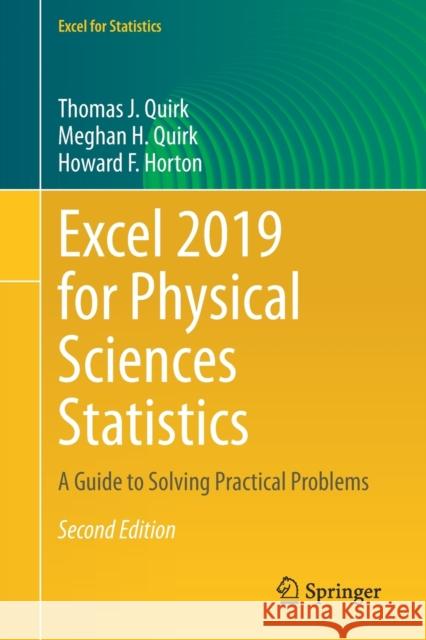Excel 2019 for Physical Sciences Statistics: A Guide to Solving Practical Problems » książka
topmenu
Excel 2019 for Physical Sciences Statistics: A Guide to Solving Practical Problems
ISBN-13: 9783030632373 / Angielski / Miękka / 2021 / 242 str.
Kategorie:
Kategorie BISAC:
Wydawca:
Springer
Seria wydawnicza:
Język:
Angielski
ISBN-13:
9783030632373
Rok wydania:
2021
Wydanie:
2021
Numer serii:
000765841
Ilość stron:
242
Waga:
0.37 kg
Wymiary:
23.39 x 15.6 x 1.4
Oprawa:
Miękka
Wolumenów:
01
Dodatkowe informacje:
Wydanie ilustrowane











